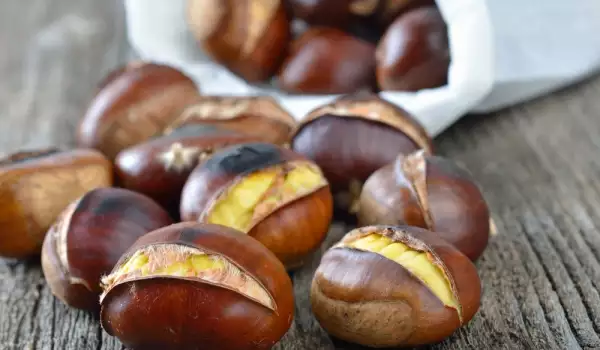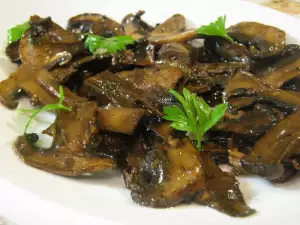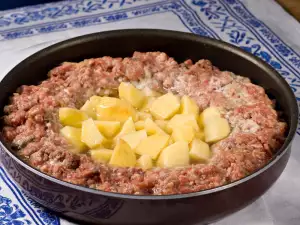For people who suffer from gluten intolerance, chestnut flour is a great opportunity to enjoy your favorite pastries and baked good without worrying about your health.
In fact, chestnuts have been used for food for thousands of years. They are among the most important food crops in Japan, China and Southern Europe, and this is not at all a coincidence. After all, chestnuts contain twice as much starch as potatoes.
In addition, they are rich in vitamin C almost as much as lemons, which makes them indispensable helpers in the fight against seasonal colds and flu. Regular consumption of chestnuts or chestnut products has a healing effect on the nervous, cardiovascular and bone systems of the body.
Chestnut flour can be found in larger grocery stores, as well as in specialized bread and flour stores. But it is not difficult to prepare it at home.
You only need fresh chestnuts from the market. They are washed well, slightly cracked with a knife and dried in a low heated oven – 70-100°C for a few hours. After cooling, they are peeled (quite difficult) and grinded in a blender. With the resulting chestnut flour you can prepare various pastries, cakes or soups.
Find out how to store chestnuts and how to eat chestnuts.



















Comments